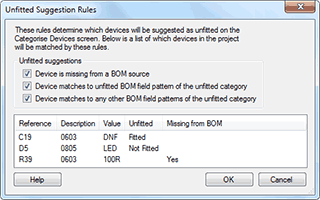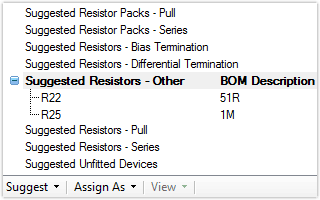Using IIC to enable power supplies on your board
With the introduction of External Hardware per Subchain in XJDeveloper v3.9 it is possible to write a test that powers up your board using your XJLink2 to directly control the IIC pins before the JTAG chain is operable. Following is an example of how to set up this test in your project: [...]


